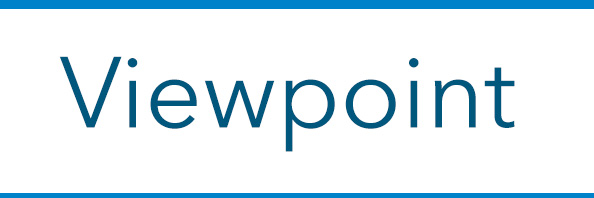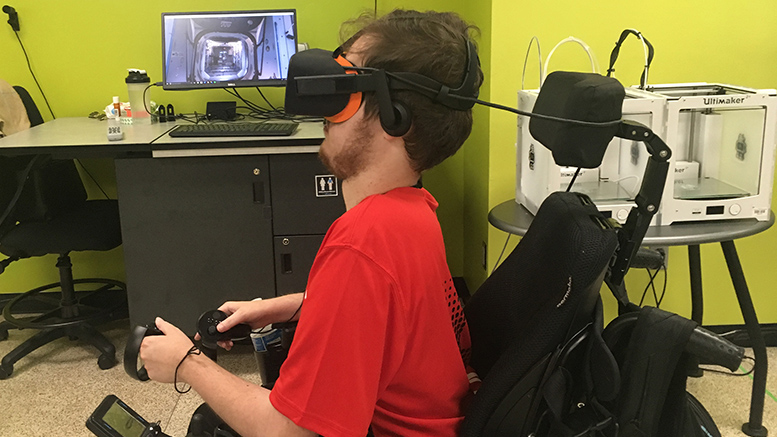Digital technology is disrupting all sectors of the economy and higher education is not an exception. Between 1997 and 2006, we witnessed the use of networked computers for collaborative learning, and the following decade was marked by the exponential growth in online learning.

During the same periods, some of the landmark technological developments included mobile learning, immersive learning and personalized learning. As supplements to traditional learning methods, these technologies could potentially enhance active learning by providing an engaging and interacting learning environment where students construct their knowledge for meaningful purposes.
Recently, virtual reality (VR) technology is actively being incorporated in education and health fields because it can help provide immersive learning environments. It situates students in an interactive three-dimensional space where they have the flexibility to practice skills, respond to contents in context and interact with peers in problem-solving situations.
This article is an excerpt from the current issue of the Community College Journal, the flagship publication of the American Association of Community Colleges.
As such, VR technology exposes students to a world that is often difficult to visit in real life. A line of research on VR technology supports the notion that people internalize their virtual experiences and consider them as real. Of course, VR technology is especially helpful for students with learning disabilities who are often excluded from participating in field-based courses because of reduced mobility and dexterity in addition to the exposure of risk caused by the hazardous environment.
The recent developments in immersive technologies in the areas of visualization and interactions have spurred the use of VR in the education sector. Another catalyst is relatively low-cost VR equipment such as HMDs (head-mounted displays), Google Cardboard, Pico and others. According to a recent survey conducted by EdTech, 18% of institutions have fully deployed VR technology and around 60% of all institutions are expected to champion immersive learning experiences for students by 2021. Applications for VR technology also can be adapted to suit pre-existing courses, both classroom-based and online, and to develop 100% VR-based courses.
There are many areas at Houston Community College where the integration of VR technology is supporting student learning and giving students an edge to address the challenges associated with 21st-century technology.
Expanding accessible learning
Community colleges have been responsive to the learning needs of all students irrespective of their learning style and abilities. VR technology can benefit students with an array of disabilities. With the help of VR, students with physical movement restrictions could be in a classroom or laboratory while their virtual being is in a different location. This provides an excellent opportunity for students with physical disabilities to participate in remote classroom or field-based learning activities through joystick control computer simulations or robotic devices.

Students with physical disabilities may also participate in study abroad tours, visit science and arts museums, and walk in space without visiting these places. Google Earth VR enables students to explore major cities, museums, archaeological sites and other educationally rich sites without physical presence. Physical disability is no longer a barrier to field experience.
Google Arts and Culture provides students access to art from around the world from the classroom. At least 2,000 leading museums and archives from more than 70 countries have partnered with Google to provide access to cultural treasures. At WalkinVR is used to assist students with physical disabilities to learn drive motorized wheelchairs in a natural environment.
Architecture design, construction curriculum
VR technology helps students to understand the core principles of construction and architectural design and find deficiencies or any fault during the design phase without viewing traditional two-dimensional (2D) drawings. They can use various modeling technologies and use computer data to further improve the design within the virtual three-dimensional (3D) environment. Also, they can compare several architectural designs at the same time as the immediate feedback is feasible in the 3D environment.
As supported by research, incorporating virtual technology can help construction and design students understand the essence of architecture, which for some can be the first step of their careers. For example, Twinmotion and Enscape VR applications allow drafting and design students to convert preliminary building data into high-quality images, panoramas, VR videos and complete client presentations in seconds.
Healthcare curriculum
Healthcare education and training rely on simulations for delivering cost-effective, repeatable, and standardized medical training on demand. VR technology is widely used to create an immersive simulated environment that bring students to virtual hospital rooms, lets them examine patients and helps them to conduct clinical measurements similar to the real world.
Due to the high demand for healthcare programs at community colleges, the availability of clinical sites for students has been a challenge. VR technology provides an excellent opportunity to address this challenge by providing a clinical scenario where students can attain clinical skills without any space and time limitations.
For example, students can use the Stanford Virtual Heart VR application to explain complex congenital heart defects which are some of the most difficult medical conditions to teach and understand. VR CPR is an interactive educational application that simulates the steps required to perform a successful resuscitation on an unconscious patient. Its goal is to educate students about the steps and techniques associated with the procedure. Sharecare VR app provides a real-time simulation of the human body that allows students to navigate and explore 3D models of the body, its organs and functions of its different parts.




